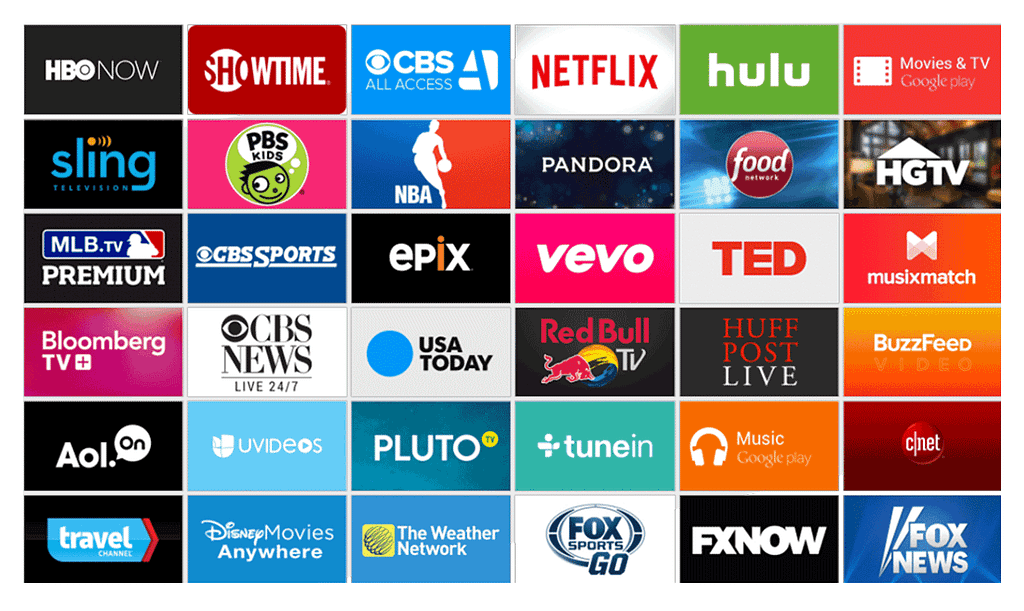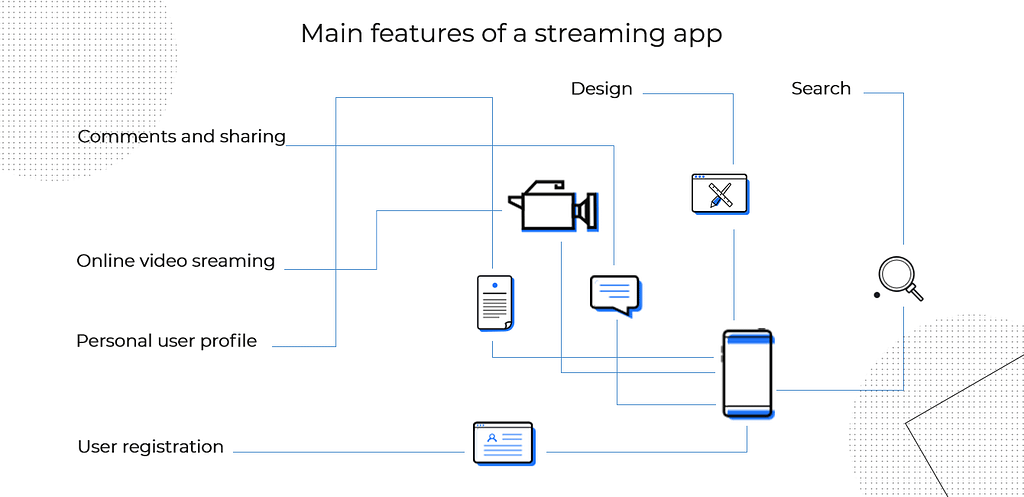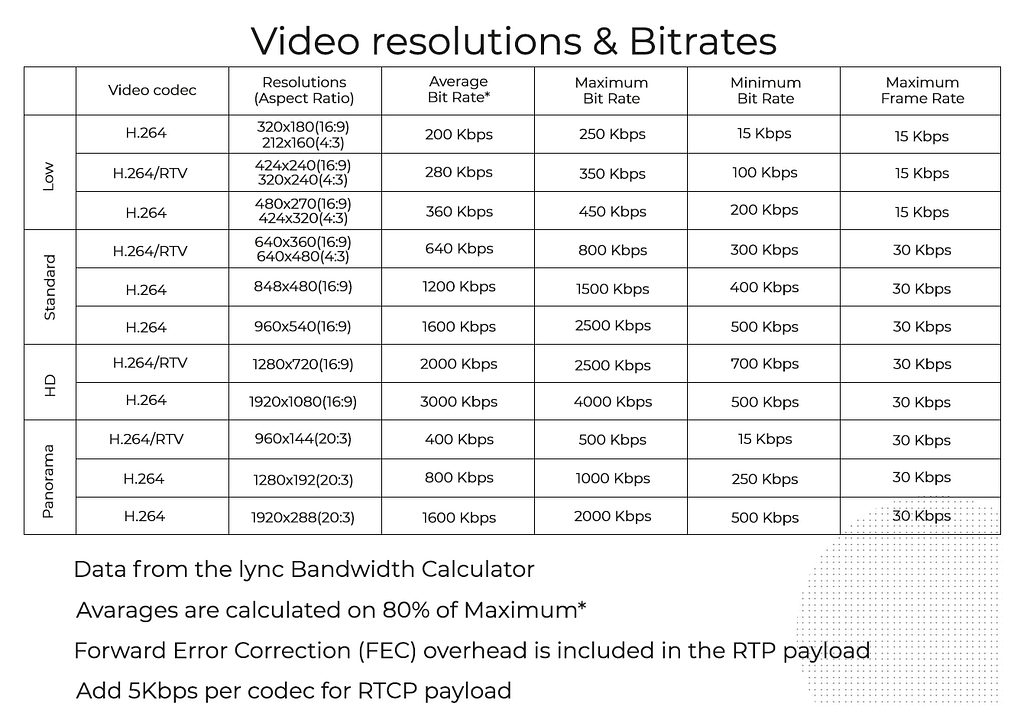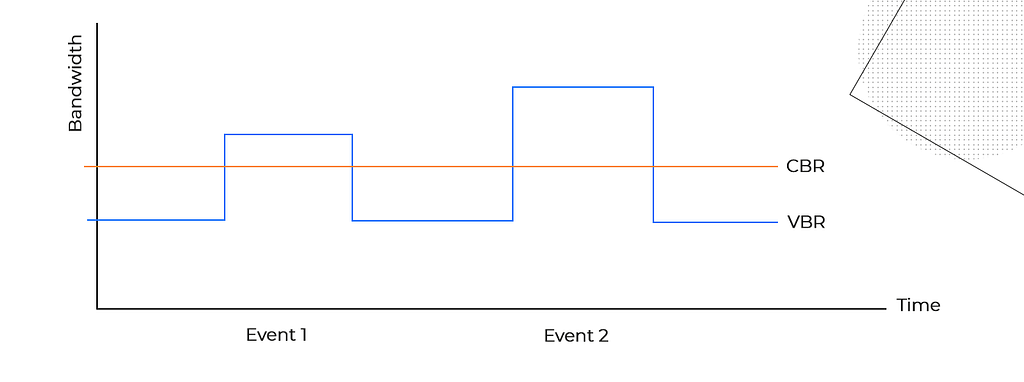Latest news about Bitcoin and all cryptocurrencies. Your daily crypto news habit.

Demand for high-quality video content is growing, and people are turning to streaming services. TV is losing ground to video streaming apps, and here’s why.
What problems does video streaming solve?
People want to watch high-quality videos that correspond to their interests. On television, programs air at fixed times, restricting viewers. To fit their schedules, people turn to video streaming apps to fill their need for video entertainment. Streaming video content is available instantly, allowing users to watch shows or movies they like at a time that suits them — and without being interrupted every 15 minutes by obnoxious ads. What’s more, when using mobile-friendly video streaming applications, people can watch their favorite shows on the go.
Best streaming apps compared
You’re probably familiar with Netflix, Hulu, and Amazon Video. There are other streaming services as well, but let’s review what these three most popular services offer and consider their pros and cons.
Netflix
Netflix streams TV shows, movies, comedy specials, and original programming for a monthly subscription fee. Users can create up to five different profiles on a single account.
Amazon Video
Amazon Video has various movies, television shows, and original programming. And since Amazon made a deal with Viacom, which controls Nickelodeon, MTV, and Comedy Central, Amazon Prime Video now has a wider choice of comedy and children’s programming. Amazon Prime Video also offers access to a big collection from HBO’s back catalog of classics. The separate Amazon Video lets users access current movies, but it’s an à la carte service. Amazon’s Prime Video is even streaming 58 official selection feature films from Outfest LGBTQ film festival, available to Prime members at no additional cost.
Hulu
Hulu streams the latest TV shows. This service lets users access major network shows and a number of cable shows the day after they air. It also lets subscribers access a show’s current season and all past seasons. Hulu is host to a selection of movies and multiple classic anime series. Before a show starts, subscribers have to sit through a few commercials though, yet not as many as on cable TV. The selling point of Hulu is that it gets major network shows quickly — faster than Netflix or Amazon. Hulu provides two types of subscriptions: one with commercials and another that’s commercial-free but is a bit more expensive.
SERVICEPROSCONSAmazon Prime Video
- Wide selection of content
- Includes Amazon Prime benefits
- Good original shows
- Rarely gets brand-new videos
- Not available on some platforms
- À la carte content costs extra
Netflix
- Excellent selection of content
- Optimized interface
- Good recommendation system
- Consistent performance
- More expensive than other services
- Titles come and go frequently
- Limited brand-new content
Hulu
- Great selection of current TV shows
- Inexpensive
- Quality original programming
- Recurring commercials
- Inconsistent selections from older TV seasons
- Cumbersome interface
Must-have streaming app features
For users to enjoy a video streaming service, they need basic features to help them manage their viewing sessions. Here are a few necessary features:
Registration. Registration is one of the main steps to start using a service. Users can register with an application via email or through a social account like Facebook to save time.
Personal accounts. A streaming service should let users create personal accounts and manage their personal data, email addresses, and passwords. Most importantly, users should be able to manage their payment options right in the app. Also, accounts should support multiple user profiles that keep track of each person’s favorite shows and display personalized suggestions about what to watch.
Filters. Users like picking genres they’re interested in. Filters are very convenient for sorting content. For example, users could filter by genre: Crime and Justice, Comedy and Drama, Action and Adventure, or News and Headlines, for instance.
Home. A home section is a place where users can easily find content they’ve already watched and love as well as recommendations on what may be interesting to them.
Payment methods. A video streaming service should provide a range of payment methods such as credit cards, debit cards, special-use cards, and prepaid credit cards for web and mobile apps, especially if the platform targets different regions.
Social media sharing. Users sometimes get really excited about the content they watch and want to share it with others. Therefore, adding one-click sharing will be much appreciated by users.
How does streaming work?
Everyone wants videos instantly in high resolution, but there are limitations determined by internet bandwidth requirements. To watch a stream without latency, the required bandwidth depends on the video codec and the compression efficiency.
Depending on the encoder, streaming platform, and audience, resolution and bitrate will vary. And because not everybody has the newest device, there’s no single bitrate that can work for every single viewer.
Here’s a chart where you can check the average bandwidth to build your own mobile live streaming app:
The bitrate is the amount of data required to encode a single second of video. The higher the bitrate, the higher the quality and the more bandwidth it will require. You can’t just upload at the highest bitrate possible.
If a user has a download speed of 5 Mbps (megabits per second) and they’re watching a stream at 6 Mbps, their computer will compress the file and the resulting video will be choppy. They’ll probably get stuck in buffering limbo.
Most platforms nowadays transcode videos so that connections have personalized bitrates, but this often sacrifices quality.
What is constant bitrate (CBR)?
A constant bitrate means that data comes at the same rate all throughout the video. The problem with a constant bitrate is that, unless the stream is just a static image, video segments will change. Some segments will have more detail and some less. This translates to lower quality during complex segments and unused bandwidth on simple segments. Some streaming services will still use constant bitrates, but these instances are rare.
What is variable bitrate (VBR)?
Variable bitrate is the data transfer method of choice for the majority of circumstances because encoders can adapt to the demands of each segment of video. VBR essentially allocates more data during complex segments and less data during simple segments. If your stream has a segment of someone standing in front of a plain white background, the encoder can determine that the video needs less data in order to look good and will transfer less. If a concert is being streamed, the encoder can see changing details and transfer more data when needed.
There’s also such a thing as a simultaneous viewer limit that acts as a protection mechanism, preventing a broadcasting system from crashing. Thus, you have to decide how many simultaneous connections your server will support.
To ensure frictionless mobile app streaming, you need to take into account the following:
- Server-side and user-side bandwidth
- Processor decoding/recoding time
- Processor quality downgrading time
- Video and audio processing
- Disk storage space
Monetization
If you’re going to create a streaming app, it should derive revenue since it’s a business and you offer subscribers convenience with your service. After a free trial (which is optional), it’s best to offer users a flexible system of subscriptions either monthly, quarterly, or yearly.
You could also start selling video space to potential advertisers; however, those ads must be relevant. Another way you could monetize your video streaming app is by having subscribers pay per view. Or if you partner with content sponsors, you could let users pay for a premium version.
If your digital solution features online broadcasting, you could offer live streaming for free while charging for access to archived content. Users are likely to get hooked on free live streaming content, and giving them the possibility to watch it later could transform the live streaming niche into a serious market sector.
Each video session users have with your service can be linked to analytics. All the data you gather like real-time view of ownership, peak traffic, engagement levels and more can be valuable for interested third parties who will gladly pay for it.
Make a video streaming app of your own
Users are migrating to online streaming services because they offer 24/7 access to content they love. This online shift is challenging the power of television to retain viewers. According to various sources, over 50% of video content is now accessed through streaming. Besides convenience, streaming platforms allow subscribers to take full control of what they watch and when they watch it.
At SteelKiwi, we’ve built a platform that streams video content through Wistia and entertains kids. To see what technology stack we used and to learn more about the features of this platform, read our Muslim kids case study.
If you’ve been looking for a development team to create your own streaming service or if you have any questions, get in touch with us and we’ll assist you.
Find out how you can transform video landscape with a Vine-like app.
How to Build a Great Video Streaming App was originally published in Hacker Noon on Medium, where people are continuing the conversation by highlighting and responding to this story.
Disclaimer
The views and opinions expressed in this article are solely those of the authors and do not reflect the views of Bitcoin Insider. Every investment and trading move involves risk - this is especially true for cryptocurrencies given their volatility. We strongly advise our readers to conduct their own research when making a decision.




